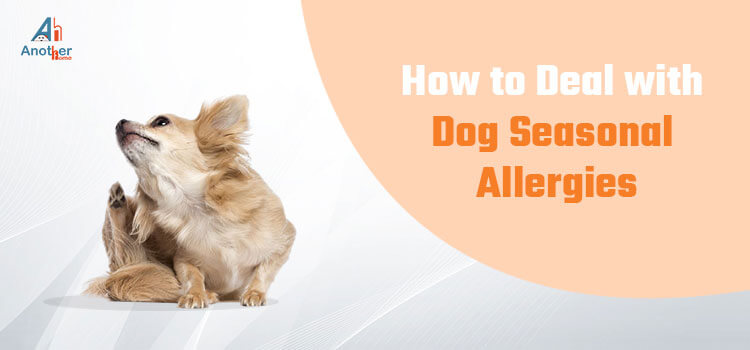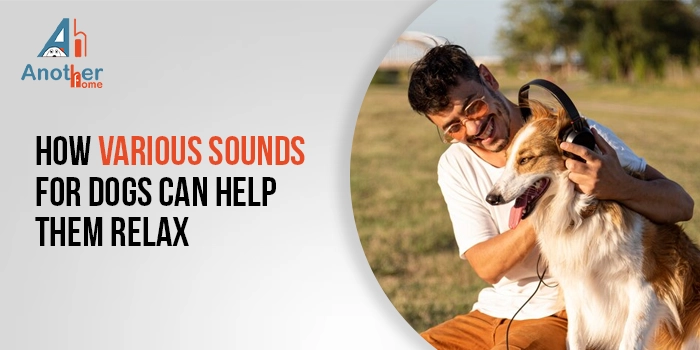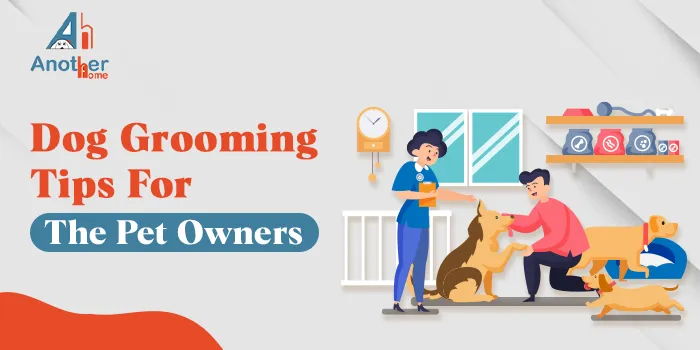One of the best signs that you love your adorable doggo is by taking care of their health. Another sign is by paying attention to your fur baby's well-being. As you know, dogs take you into their hearts by expressing unwavering loyalty as well as selfless love. They are man's best friend for a reason. Hooman counterparts have a chameleon-like nature, but canines are honest and pure-hearted like infants. Bring your pooches to Another Home's dog daycare center for the best vet facilities.
Show your love to your dogs by tracking the seasonal allergies beforehand. We're helping you do this tedious task. So, you're not alone in this battle. We've charted out a few symptoms of seasonal allergies in dogs to help deal with them:
1. Infected and inflamed skin
You probably didn't know that a critical side effect of allergies observed in pets is a skin infection associated with chronic scratching. Humans tend to get runny noses and watery eyes; most dogs get itchy, red skin along with secondary skin infections. A dog's coat is a matter of pride for them. It also protects from environmental pollutants and destructive elements. Their skin needs to take good care of just like you do. How to resolve the skin problem? Cleanse your dog's skin using Witch Hazel, known for its soothing, calming, and drying properties. Alternatively, you can apply cold green tea bags to the skin or moisturize them with coconut oil. How do you find out how nasty is the infection? Usually, the infection would have a foul smell, or the pet would have a lack of appetite, might feel lethargic, or have a problem clearing the bowels within 48 hours; this is the perfect moment to hunt down a veterinarian.
2. Scratching and Biting
The most common sign noticed in pets is itchiness. Seasonal allergies are quite rampant in pooches; they might show their reaction by biting or scratching themselves to get rid of itching. Doctors describe this tendency to dog parents as your body rode in poison oak. You'd be scratching in a zany manner leading to red and inflamed skin. The best solution is to take your dog to a veterinarian. If you're looking for a quick-fix solution at home, you are suggested to give a bath to your fur baby using mild shampoo for temporary relief. Washing off thoroughly can bid good riddance to allergies associated with pollen, trees, or grass, which can be rinsed away from their skin or coat.
3. Paw Licking
Paw-Licking is not only observed in purring creatures but also in canines. One of the most common symptoms of allergies in pups is compulsive paw-licking. If dogs have seasonal allergies, they release histamines or similar chemicals in the immune system due to allergies. Pushing out histamines reflects in the extremes on their paws, ears, face, etc.
4. Chronic Ear Infections
This can be a commonly observed concern in pets, especially dog species with floppy wars such as cocker spaniels and hounds. Ear infections are associated with allergies and dogs who have recurring ear infections time and again. Now, if you are wondering how to notice whether your pooches have developed an ear infection? Spot the red, waxy ears or head shaking as the primary indicators. Ear infections can be excruciatingly painful for pets as well. Therefore, it is advised to consult a medical professional with prior experience.
Usually, dealing with any type of allergy can be an intricate process due to many factors. The treatment can last up to 8 to 12 weeks to notice an improvement in case of a critical problem. As explained above, it is best to consult a vet instead of delaying the visit considering the treatment's time-consuming process.
5. Excessive Shedding
Excessive shedding of hair can be a result of allergy-induced itching and skin infection. Dandruff is one of the most commonly observed adverse-effect of allergies because it can lead to drying of the skin and make it flaky. Just in case your fido is scratching to the extent of causing hair loss, this is an alarm to rush them to a vet. If you sense your dog is bothered by this problem, consult your vet.
6. Respiratory Issues
This one is not commonly observed in dogs because it is usually found in cats instead of dogs. That's because the purring creatures can be more sensitive to environmental pollution. If you find any respiratory issue occurring with your dogs, feel free to rush them to a nearby veterinarian.
7. Scooting
One of the most common signs associated with histamine reactions is scooting, which is quite prominent in dogs. More often than not, it can hint towards anal gland problems. When your doggo is found scooting toward his rear end, there are chances they could be feeling unpleasant itchiness in the region. These histamine reactions are found to have a semblance with sneezing or tears coming from the eyes. Avoid giving your pooches Benadryl as they are not that effective in doggos. Though some furry friends can take antihistamine medications to get rid of these signs. However, You must consult a vet when it comes to such health concerns in your pet.
It is always better to be prepared in advance for any illness or health concerns in your adorable pet. If they show any signs of any of the above health issues, then rush them to the nearby vet to cure them. We hope you found this blog insightful and informative. Feel free to drop us a line about your views or opinions on any dog-related anecdotes. You can also drop your canine buddy at Another Home's best pet boarding in Gurgaon for the best vet facilities.











